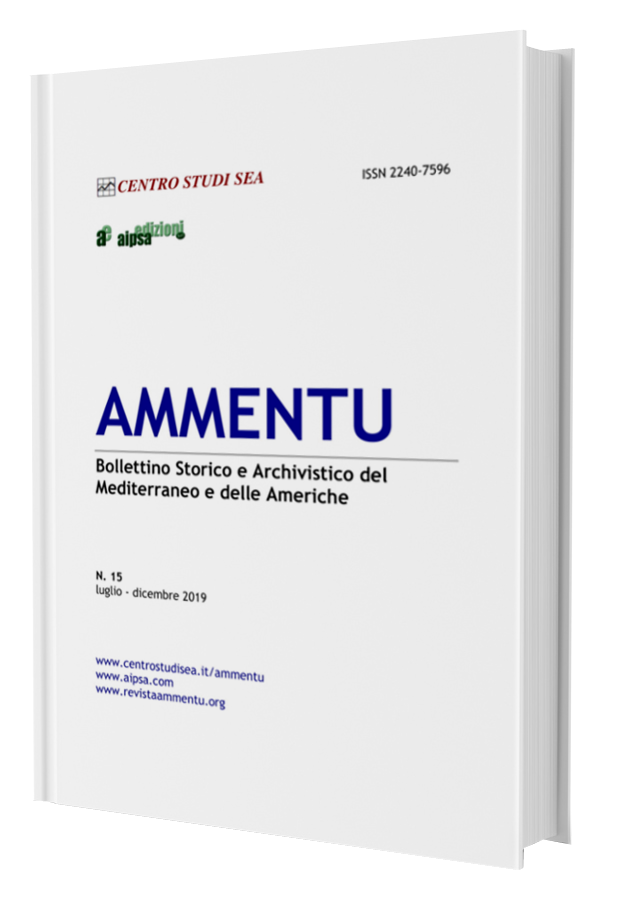Factors that influence the violence generated by women to wards men
DOI:
https://doi.org/10.19248/ammentu.352Keywords:
violence, weak sex, couple, menAbstract
Introduction. In this investigation it will be explored that there is an assaulted man, the type of violence in which they are victims by their partner, in ancient times the man has been labeled as the aggressor and macho the care free family, the possessive, controlling man with his wife, etc. Instead, the woman has been recognized world wide as a victim be causes he is in charge of maintaining the home and raising children. At present, the constitution of Ecuador has established a set of rights for protection for women, there fore we will obtain a different point of view of a man mistreated by hiss pouse in which he will investigate what are there as on that this violence affects Ecuador. Objective to determine the factors that influence the violence generated by women to wards men, also identify the average age and complaints that have been made in the last two years in assaulted men, recognize the factors that lead a man to endure violence. Methods. This investigation is cross-sectional of exploratory type in the Departments pecialized in the area of interfamily violence of the Canton Simon Bolivar, province of Guayas, in Ecuador. Results. The 70 complaints made by men in average free union aged 36 to 46 years with a primary education level and the main aggressoris the wife. 70% show that the majority of men suffer from physical violence with injuries at the level of the face or with objects against stabbing, in a psychological way with phrases that hurte motionally with leading the manto suffer depression. Conclusions. 70% of men who made complaints suffer from violence, there are factors that influence women to mistreat men, both genders are prone to suffer from domestic violence.Downloads
Published
2019-12-30
Issue
Section
DOSSIER - SALUD Y BIENESTAR EN AMBITO LABORAL
License
Note on the copyright
The Copyright Notice below must be included with the journal information and in the metadata for each published article. Although every journal can freely determine the nature and scope of the copyright agreement with its authors, the Public Knowledge Project recommends the use of a Creative Commons license. For these purposes, an example is provided and may be copy and pasted in the space below for those journals that (a) offer open access, (b) offer deferred open access or (c) do not offer open access.









